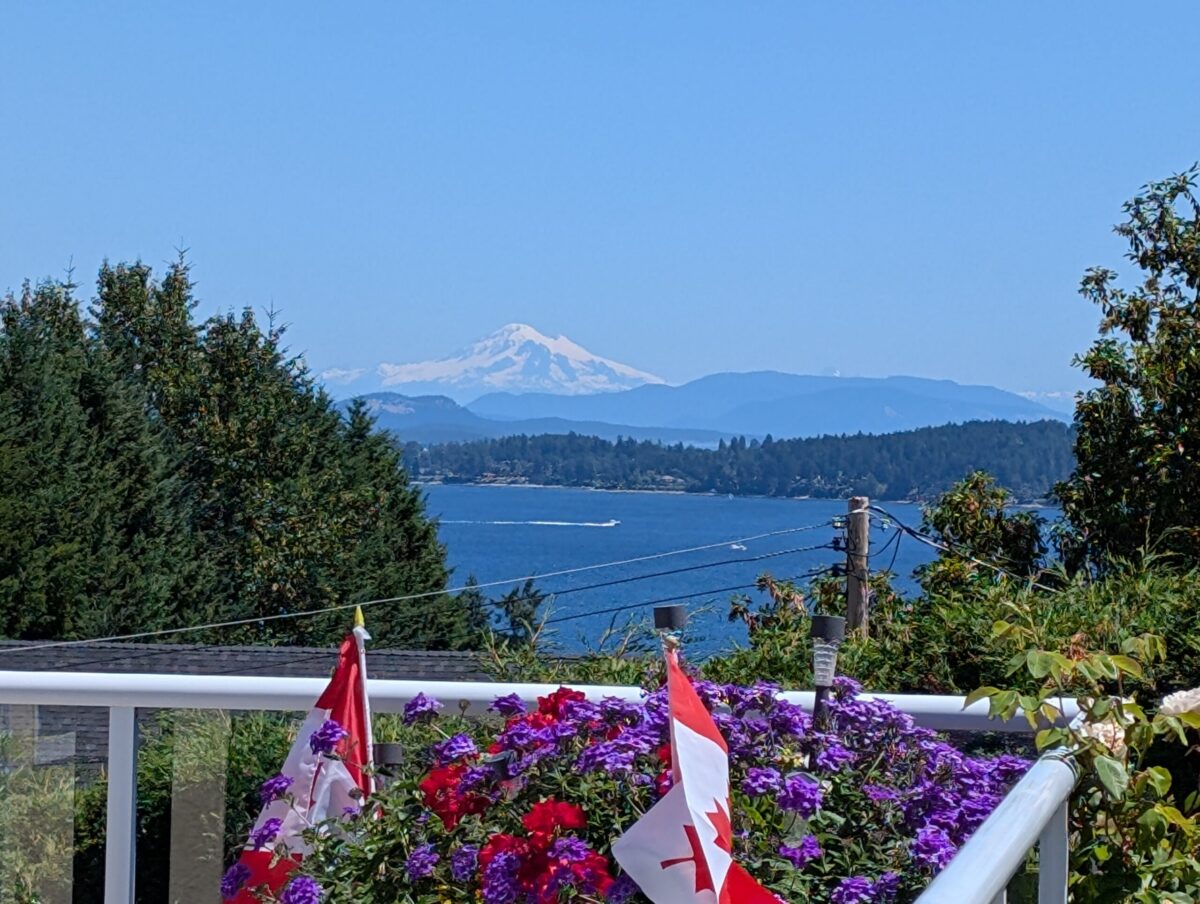From my new book, currently being written. Hope to have it completed by next summer. It is in rough draft. It has not been edited as yet.
Writing like this gives me a nice and welcome respite from the Covid 19 madness. I can escape to my own world of past adventures and excitement without a care in the world.

The dinette or table that would normally be used for dining had been removed and a navigation table constructed in lieu. It was quite large, and made out of two by fours for legs and a plywood top. It took up the entire space forward of the galley on the starboard side of the boat. It was rigidly placed having no gimble effect whatsoever. We had to ensure sharp objects that were used for navigation such as a protractor, slide rule, parallel ruler, pencils and such were well secured. Fortunately, our gas alcohol stove just aft of the chart table on the starboard side was gimballed and thus very secure in rough seas. At the very least, the chart table was functional and well placed just below the starboard side elongated port or window in layman’s terms. Indeed our boat had four sealed ports, two port and two starboard that let in sufficient light for illumination of the cabin’s interior. The table could easily display a standard size Mercator projection – or chart. We would use this table a plenty in the months ahead. Personally I would become very familiar with it.
And there you have it.
My home for the near term, foreseeable future.
I’ll explain topsides at another opportune time.
Where was Nigel? Not that I minded in the least of his whereabouts or that he was awol through the late afternoon yesterday, evening and all night long. I hardly knew that man and I was not his keeper.
I went topside to have a new look at my new surroundings. A fresh perspective from my late afternoon arrival from the day before. It was early morning, around 8am. Our berth was G35, the 35th finger jetty on the large G dock. Beside us and further along were other boats of various sizes and shapes. Some large, some massive, some smaller. Various coloured hulls. A thirty five footer like ours is considered a small boat around here. Our boat was a sloop rig which meant one large mainsail tied to a mast and boom with a good size changeable foresail or jib / genoa / spinnaker forward of the mast and hanked on to a wire stay or forestay that ran from the bow all the to the top of the mast. On the dock as with others there was a wide array of vessels: Ketches, Sloops, Schooners, traditional Gaff Rigged boats, Catamarans, Trimarans, and one of my favourites of all being the Tahiti Ketches or what is referred to as a double ender. In essence a sailboat that has two bows. Not really two bows, but two pointy ends. All of these vessels were primarily fibreglass although the more classic styles and sight lines were the wood, mahogany stripped clinker planked hulls. The one style that really has no business floating at all is the ferro-cement sailboat. How on earth can a cement boat float? Well, as I soon found out, it all has to do with displacement. As I said I was still a newbie landlubber. I did not have my sea legs as yet nor belong to the club of old salts with the secret handshake, scruffy beard and the salty blue language…aarg, so how could I ever know about these things. To cap all of this off were the various sizes. Forty to fifty footers were the most common. Our boat was a Spencer 35 foot clinker strip planked mahogany formed hull. Indeed it was the original mold that cast a line or class of Spencer 35 fiberglass off shore cruising sailboats.
Across from my berth was “F” dock, with its long line of finger berths. A mirror image of “G” dock. On the other side of “G” dock, my dock, facing east was “H” dock, which harboured the main access roadway that skirted the hotel and apartment blocks. At the south end of “H” block the channel; opened up to form what is termed a turning basin. This was a relatively wide expanse of water that would allow the larger sailboats safe room to turn about under power or to secure alongside to load up or offload supplies or gear. There was also a small crane here to work the mast and rigging if need be for small repairs.
Looking south past the “H” dock turning basin I could just make out the jagged diamond like leading edges of Diamond Head and snippets and glimpses of Waikiki Beach. This landscape was just beyond the Ala Moana Yacht Club and Ala Wei Marina parking lot, the iconic Ilikai Hotel with its central exterior glassed in elevator and its man made lagoon. It was not really a lagoon. It was more of a landlocked pond but the touristos here, the pasty white mainlanders, of which I was one unfortunately, like to imagine it as being a tropical lagoon. That was more romantic. Who could argue with that? It was part and parcel of the image, of the Waikiki dream. Bordering the lagoon were deck chairs, chaise lounges, tables and umbrellas. The Ilikai’s dark and cool Waikikian indoor / outdoor bar and restaurant capped the scene.
Check out my two books. Click on the links at the top of the page.


Thanks
SJ…….Out

